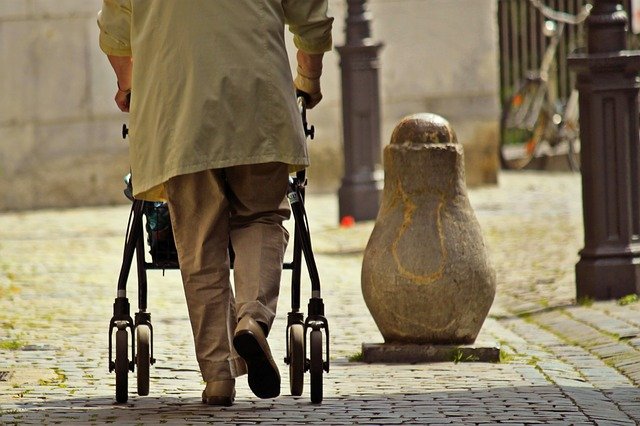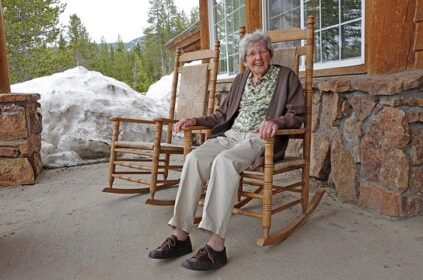There is a whole different world of care for the elderly. You encounter a host of new and foreign looking equipment hooked up to various body parts. The need for information increases as you try to understand what is happening to the ones you are caring for. Knowledge of late life illnesses, and skill in understanding and using the equipment used, will make care easier.
Since there are always medical advances that benefit care for the elderly, the best place to start your research on any aging related illness is through some of the larger organizations online:
- Alzheimer’s disease: www.alz.org
- Arthritis: www.arthritis.org
- Cancer: www.cancer.gov
- Diabetes: www.diabetes.org
- Eye disease: www.aao.org
- Heart disease: www.americanheart.org
- Kidney disease: www.kidney.org
- Lung disease: www.lungusa.org
- Osteoporosis: www.nof.org
- Parkinson’s disease: www.apdaparkinson.org
- Stroke: www.ninds.nih.gov
Here are some things you may encounter:
Catheters: These are tubes that can carry fluids out of the body. If you care for elderly patients with bladder problems, you may have to insert or maintain these tubes.
Feeding Tubes: As the name suggests these tubes put food into the patient. Many stroke patients who are re-learning how to eat may have a temporary feeding tube inserted into their stomach.
Ports: When the patient requires a dialysis machine, a port, or fistulas, may be necessary.
Geri chairs: If it’s not possible for the care-receiver to sit upright in a wheelchair, then this reclining chair on wheels is a good option. They are well padded and it may be difficult for the care-receiver to get out of the char without help.
Nasal cannulas: These are used by elderly care-receivers when they use oxygen tanks. They are tubes that connect the nose to the oxygen tank and offer a bit more freedom than a full mask.
Tracheostomy tubes: These tubes are surgically inserted through a hole in the care-receivers throat. When you in charge of care for a patient with this type of tube, you must be aware of any clogging that may occur as this is uncomfortable for the patient.
Trapezes: These may look easier to maneuver than they actually are. A collection of pulleys and handles are arranged over chairs or beds so the elderly person can shift positions by themselves. For various reasons, they may have partial paralysis or muscle weakness and trapezes aid with some mobility.
What you must be very clear about when you care for the elderly is that no question is too silly and there is no limit to how many times you can ask a question before you fully understand the answer. This is a whole new world for many people. New terminology, new jargon, and in many cases different information than what they are used to. Don’t be embarrassed if you need to ask more questions in order to feel comfortable with all your options.







